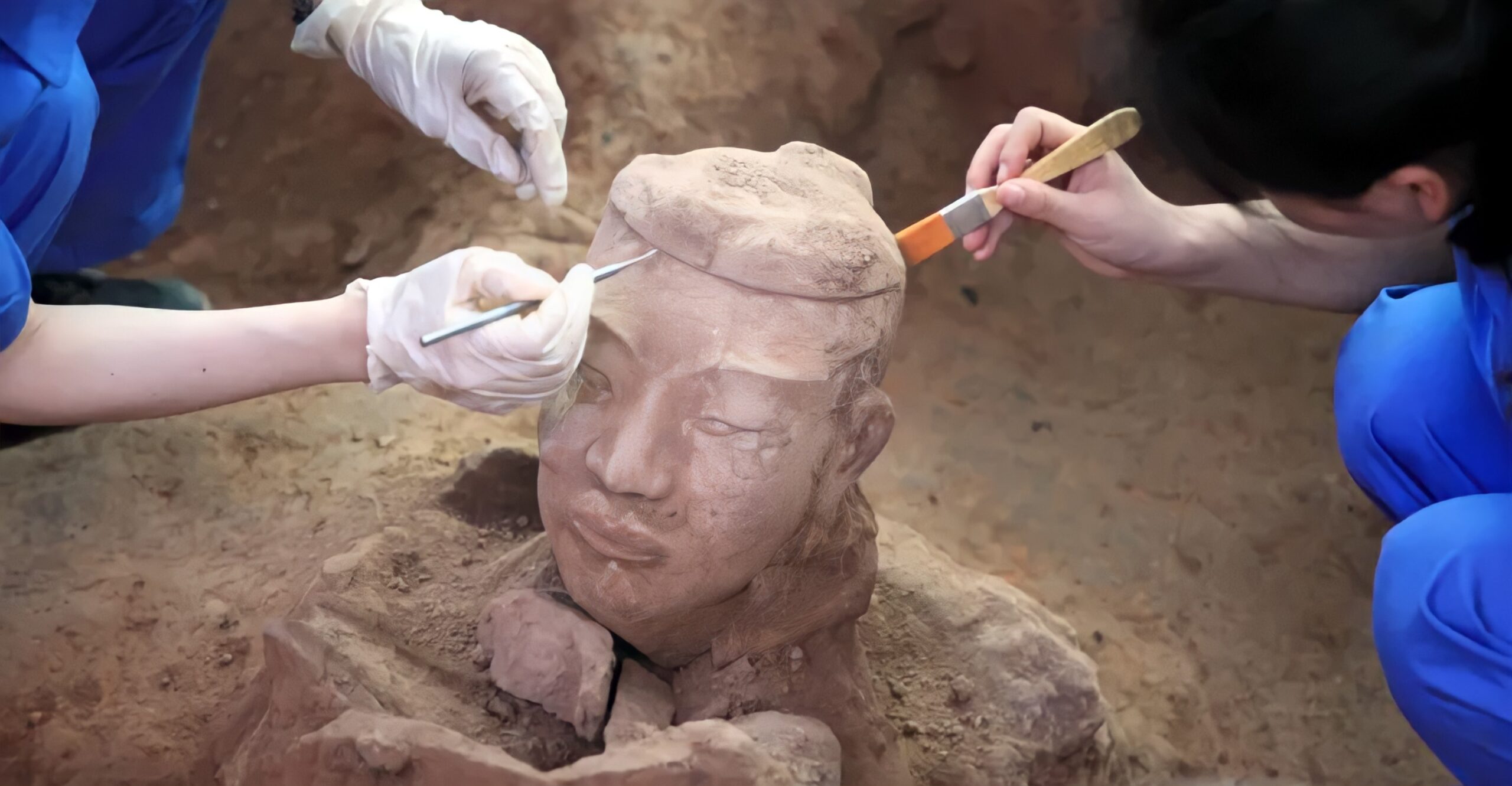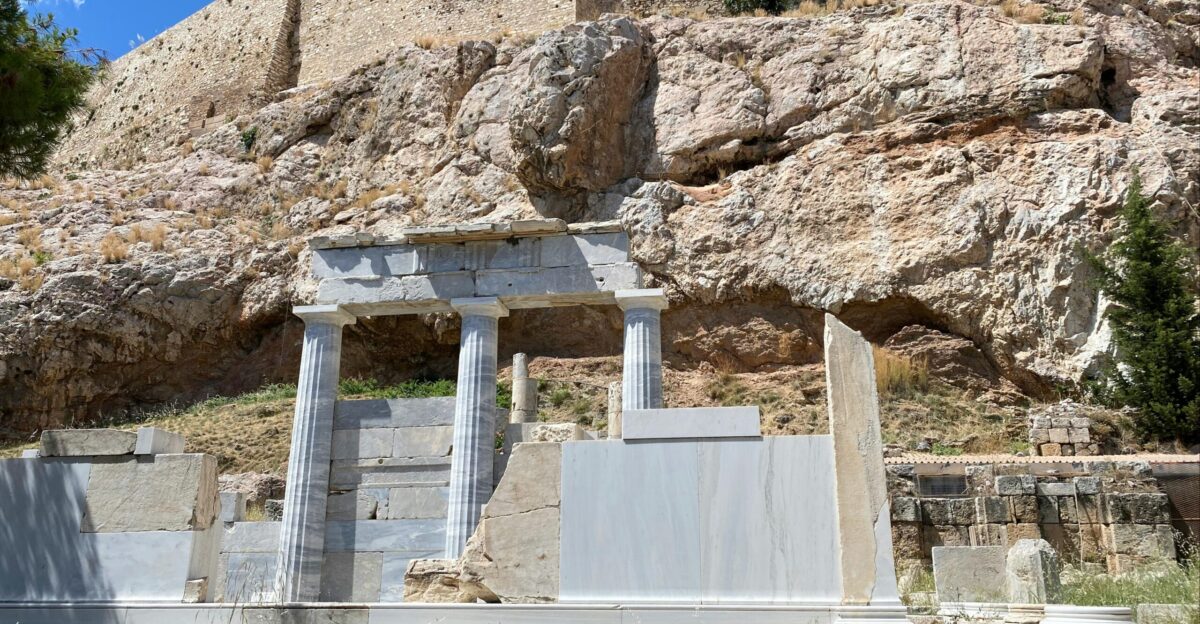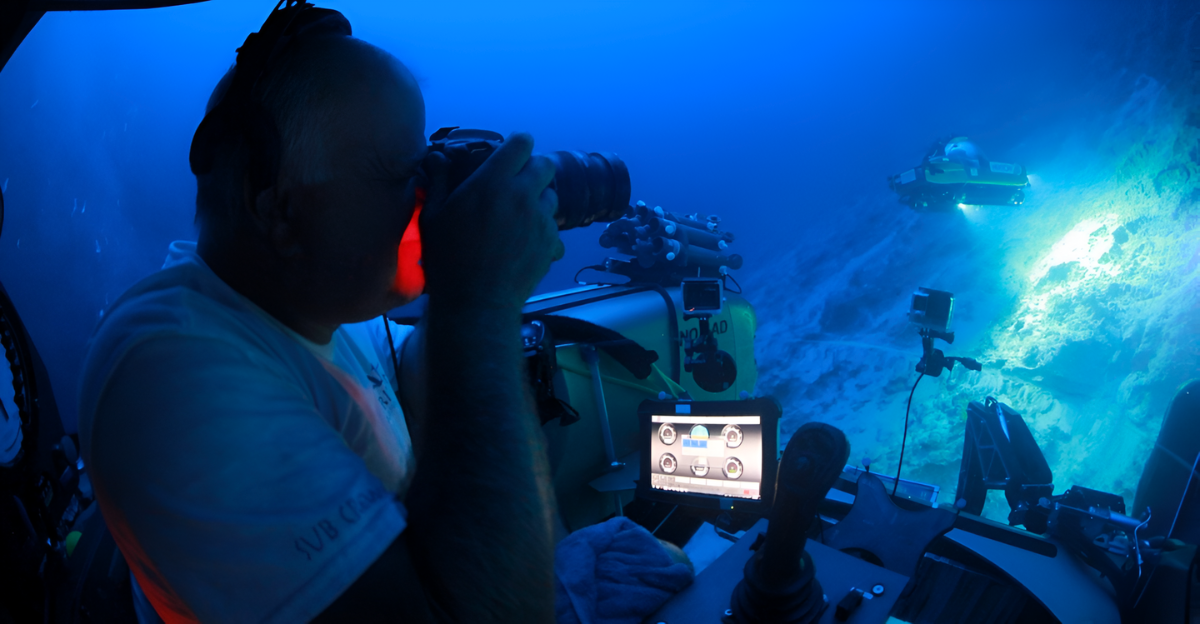
Deep in the mountainous highlands of eastern Turkey, a quiet sentinel has stirred curiosity for decades. Tucked away near the Iranian border, an unusual, boat-shaped structure stretches just above ground.
Initially noticed in 1959 by Turkish Army Captain Ilhan Durupinar while conducting an aerial survey, this natural phenomenon has given rise to arguments, aspirations, and expeditions.
Now, a team of researchers believes it has uncovered firm evidence that this could be the tomb of Noah’s Ark. Are contemporary science and ancient writings closing in on a 5,000-year-old mystery?
A Shape That Defies Nature
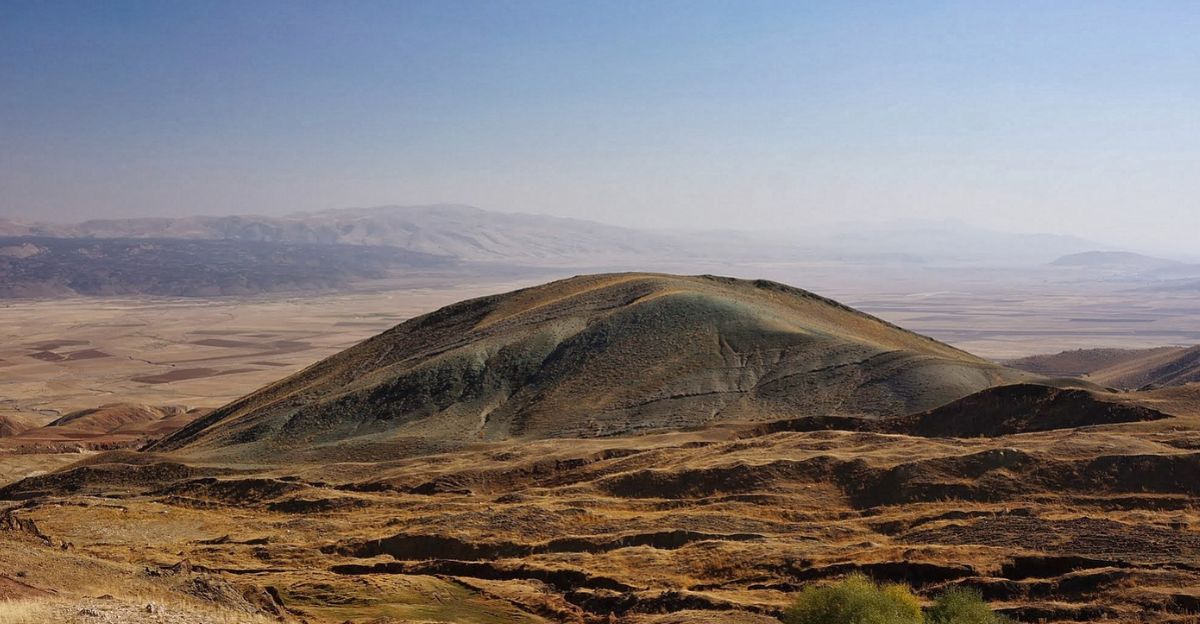
The Durupinar site, measuring around 538 feet in length, is identical to the dimensions of Noah’s Ark as described in the Bible in the Book of Genesis.
Its unique ship-shaped appearance has been fascinating both believers and non-believers for decades. While some geologists claim it’s a natural formation eroded by tectonic activity, others believe the hand of an ancient workforce is involved.
The controversy has raged for more than five decades now, but new technology is shedding fresh light on this mysterious structure.
Looking Beneath the Surface
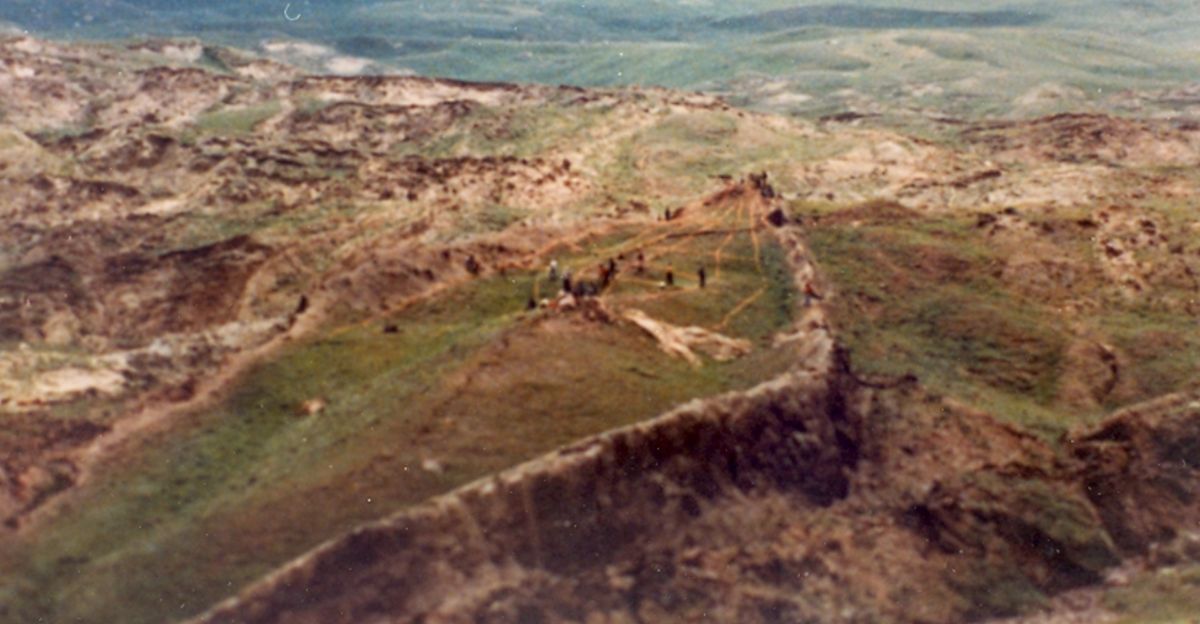
By using ground-penetrating radar (GPR) and electrical resistivity tomography (ERT), researchers have examined beneath the Durupinar formation without disturbing its surface.
These non-invasive techniques have detected a system of rectangular shapes, corridors, and rooms up to 30 feet underground.
Such geometric properties are not typical of natural formations, which raises the question of how they got there. Are these the remains of some kind of ancient ship?
Soil Secrets and Organic Clues

Soil samples at the site have also yielded interesting anomalies. Samples taken from within the formation have much higher concentrations of organic material and potassium than in the surrounding areas.
The results are consistent with the presence of rotting wood, supporting the idea that it may be a man-made vessel.
Vegetation within the formation also shows strange patterns, with grass discoloring faster than in the surrounding areas, indicating possible differences in the underlying soil.
Echoes of a Great Flood
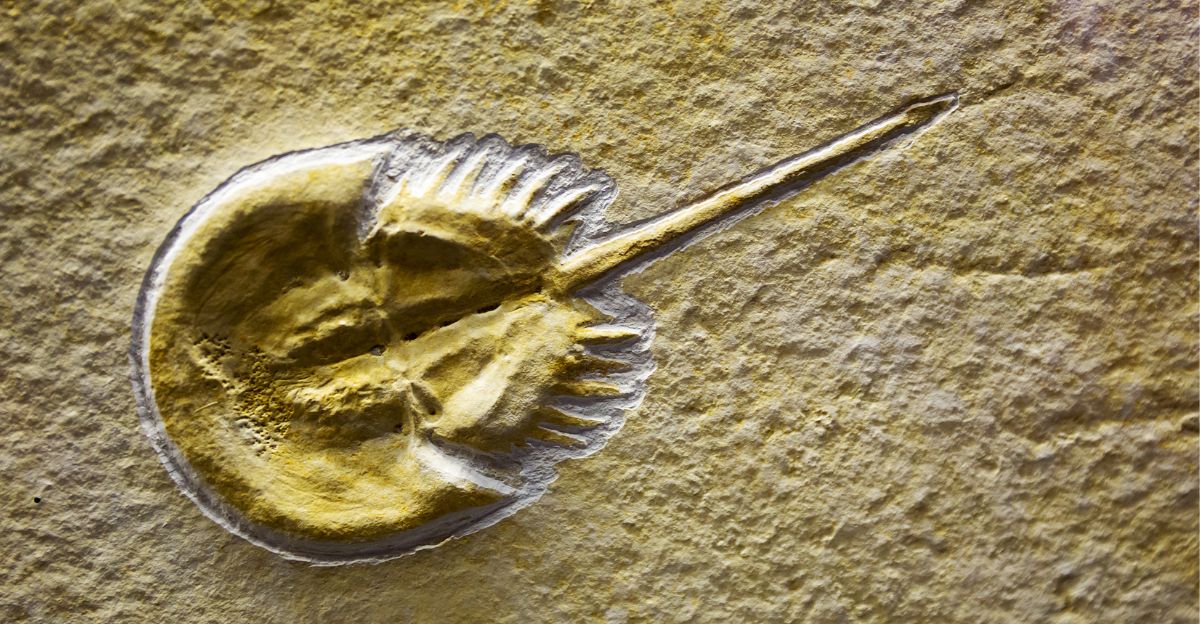
Adding to the Ark theory, scientists have found marine sediment and remnants of shellfish in the formation’s soil.
This suggests that the region was underwater at one time, further corroborating the biblical account of a devastating flood.
The materials have been radiocarbon dated to 3,500-5,000 years old, which is also the approximate time of Noah’s flood.
Dimensions That Match Scripture
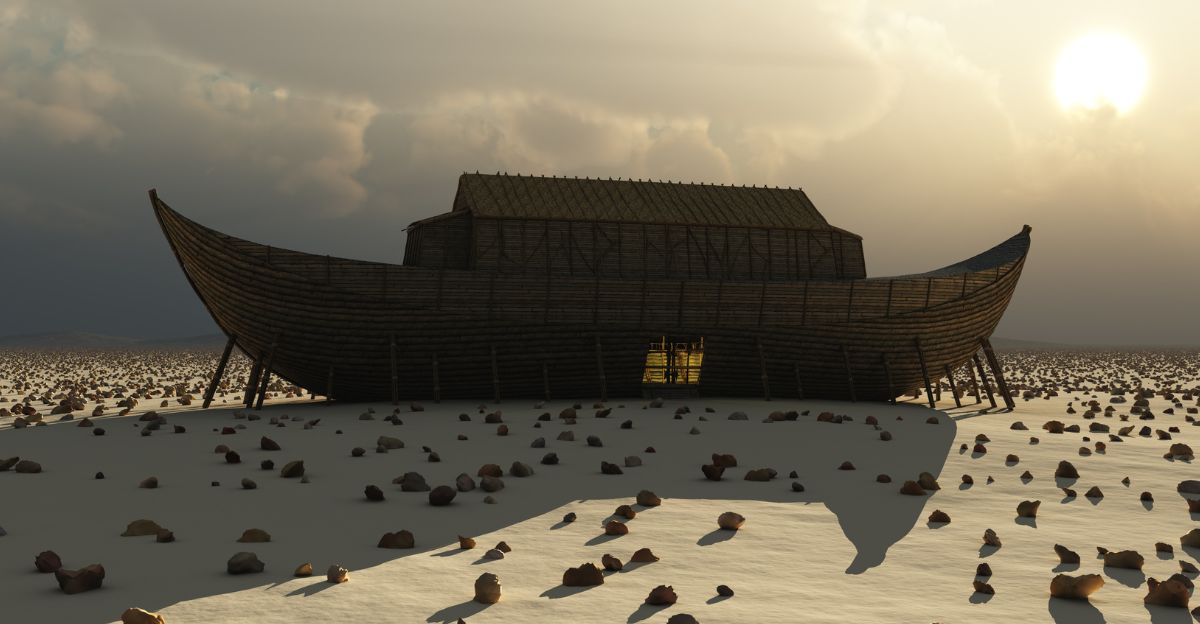
The dimensions of the Durupinar formation closely match the biblical dimensions of the Ark: 300 cubits long, 50 cubits wide, and 30 cubits high.
Based on the ancient Egyptian cubit (approximately 20.6 inches), that would be a ship approximately 515 feet long, quite close to the 538-foot-long formation. Such close alignment has sparked speculation regarding the site’s importance.
A History of Exploration
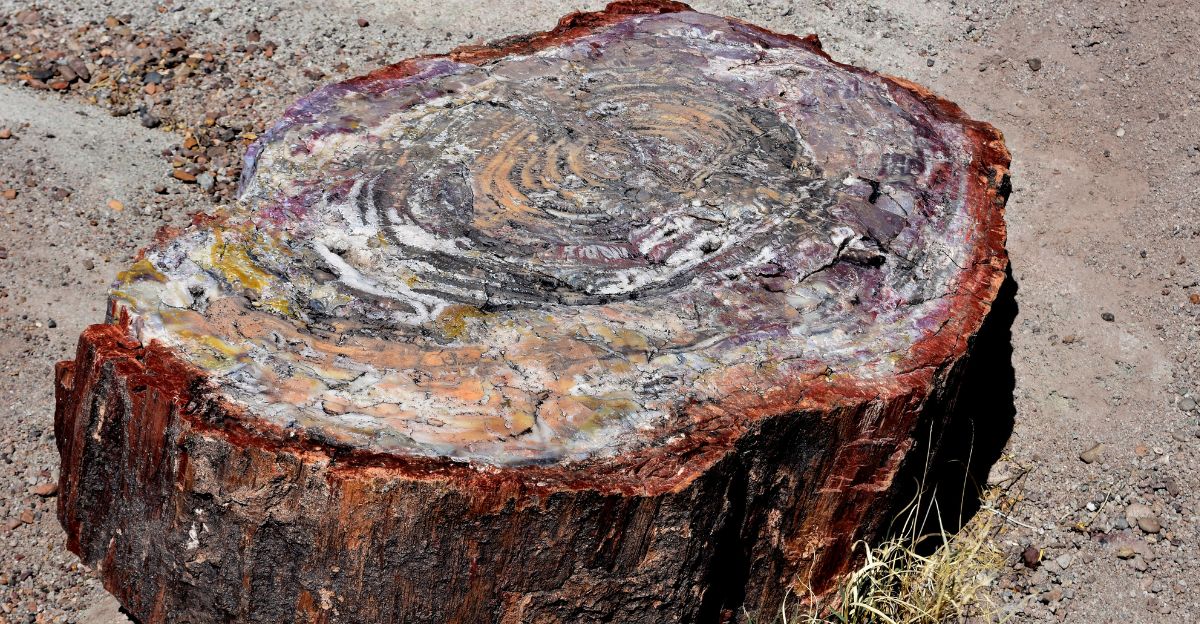
The fascination with the Durupinar site is not recent. Since the site was discovered in the mid-20th century, numerous expeditions have attempted to unlock its secrets.
In the 1980s, amateur archaeologist Ron Wyatt and others made investigations, reporting metal fittings and petrified wood.
These claims were treated with skepticism, and more recent studies have attempted to bring more stringent scientific study to the question.
The Role of Modern Technology

The development of geophysical methods has transformed archaeological site exploration. GPR and ERT enable researchers to image subsurface structures without digging, preserving any artifacts that may be present.
These technologies have played a significant role in ongoing research on the Durupinar formation, providing detailed images of internal structures to guide the research.
Global Cooperation

The present study is a joint effort by scholars from Istanbul Technical University, Ağrı İbrahim Çeçen University, and Andrews University in the US.
Together, they comprise the Mount Ararat and Noah’s Ark Research Team, pooling their knowledge in geology, archaeology, and geophysics in an attempt to unlock the secrets of the site.
Their interdisciplinary methodology strives to marry scientific rigor and cultural sensitivity.
Skepticism and Scientific Debate
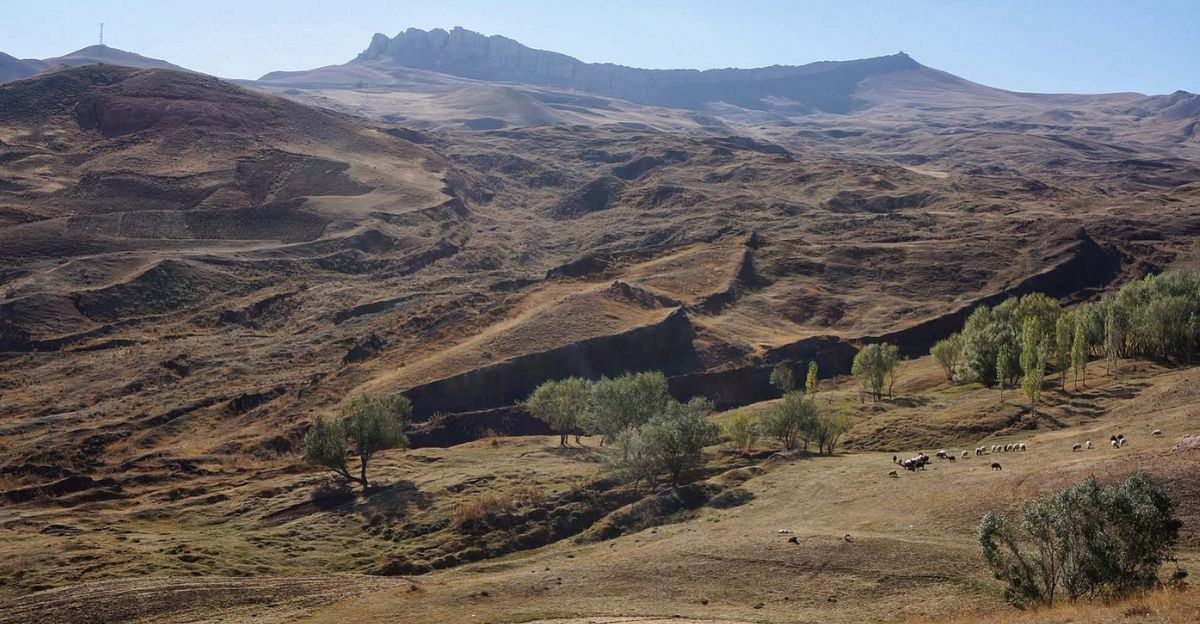
Despite intriguing findings, scientists are wary. Geologists such as Lorence Collins contend the structure is a natural geological formation, carved by erosion and tectonic activity.
They cite the absence of conclusive artifacts and challenge the geophysical data interpretation. This controversy highlights the difficulty separating natural formations from man-made structures in complicated geological settings.
Cultural and Religious Significance
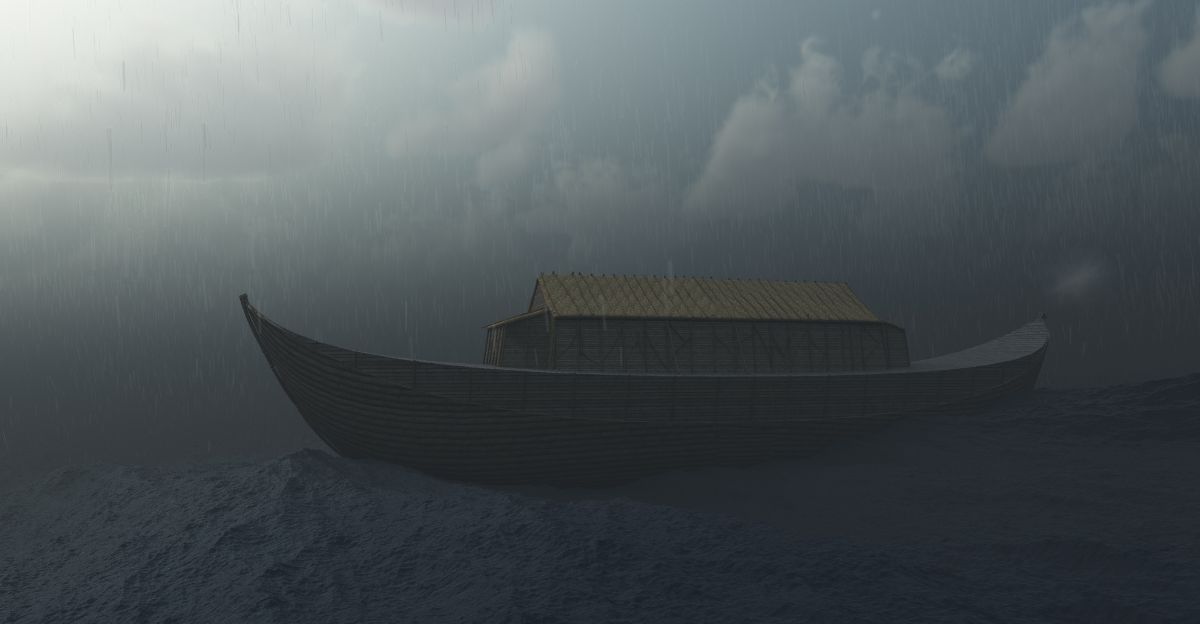
The possible finding of Noah’s Ark would hold significant meaning for a number of religious faiths. The Ark, within Christianity, Judaism, and Islam, represents salvation and the intervention of God.
Its existence, if confirmed, could connect religious records with history, providing a physical link to texts from the distant past. Yet, specialists stress the need to approach discoveries like these with both respect and critical analysis.
Future Exploration Plans
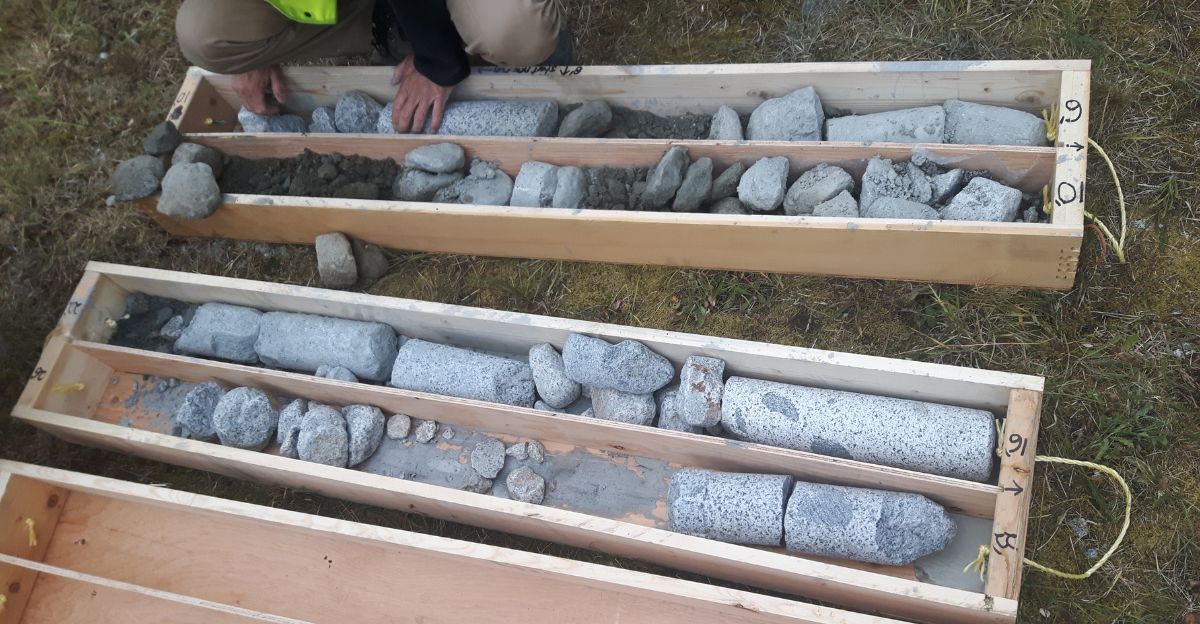
At a later time, the researchers will core drill and drop cameras down into the formation to provide direct visual confirmation of what lies in its structures.
These non-invasive methods are designed to provide confirmation of man-made structures without disrupting them too much.
They will also be doing more soil and rock sampling for further analysis of the site’s composition and history.
Balancing Preservation and Discovery

Durupinar is situated in an area susceptible to bitter winters and geological upheaval, so any excavation would have to be meticulously planned.
Scientists are working on preservation methods to safeguard the formation both during and after the study.
Weighing the urge for discovery against the need for conservation is a consideration as the team proceeds.
A Mystery Unfolding
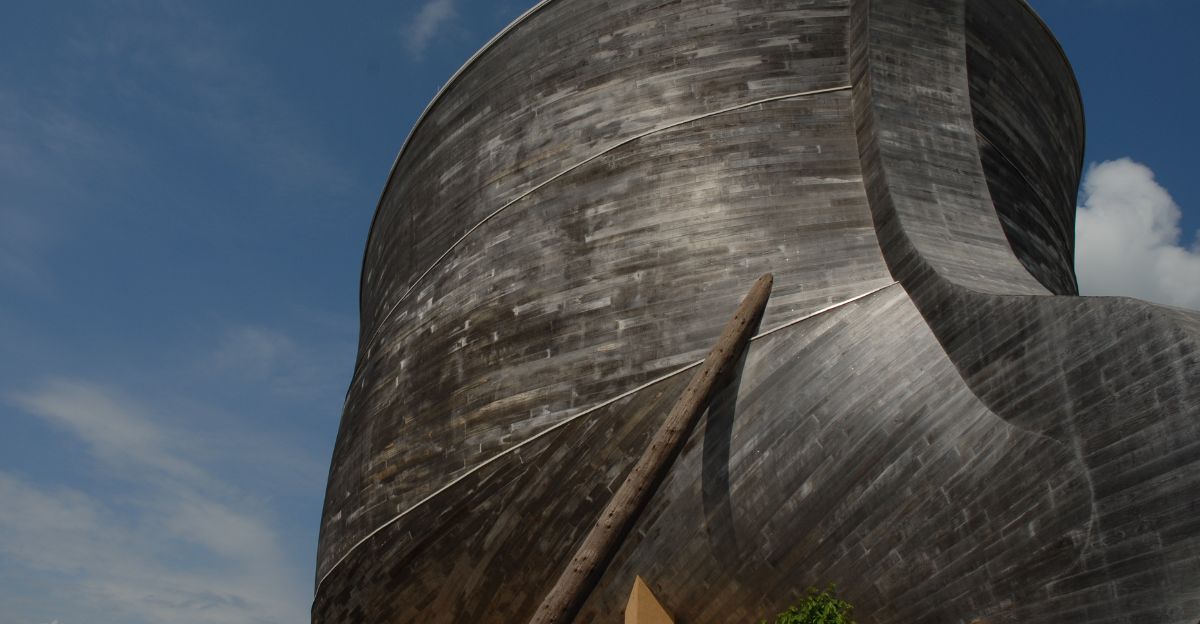
As science strips away the layers of the Durupinar formation, the world waits with baited breath.
If the site is indeed the remains of Noah’s Ark or a remarkable natural formation, its discovery adds to our knowledge of history, geology, and the persistent allure of ancient legend.
At the crossroads of religion and science, the search for truth continues.




